Nzambi Matee Paving Affordable Building in Africa
Nairobi–Nzambi Matee’s small workshop may seem chaotic to outsiders but the 29-year-old Matee, an inventor and entrepreneur, is at home here. This is where she developed the prototype for a machine that turns discarded plastic into paving stones – an invention that underpins her company, Gjenke Makers. Her success is our Not-Clay-But story this issue.
Each day, her business churns out 1,500 plastic pavers, prized by schools and homeowners because they are both durable and affordable. Gjenge Makers is also giving a second life to plastic bottles and other containers which would otherwise end up in landfills or, worse, on Nairobi’s streets.
Prior to launching her company, Matee worked as a data analyst and oil-industry engineer. After encountering plastic waste along Nairobi’s streets, she decided to quit her job and created a small lab in her mother’s backyard, testing sand and plastic combinations. Matee eventually received a scholarship to study in the materials lab at the University of Colorado, Boulder, where she ultimately developed a prototype for the machine that now produces the textured bricks.
“It is absurd that we still have this problem of providing decent shelter – a basic human need,” said Matee. “Plastic is a material that is misused and misunderstood. The potential is enormous, but its after life can be disastrous.”
Gjenge pavers are fully certified by the Kenyan Bureau of Standards. They have a melting point over 350°C, and they are much stronger than their concrete or ceramic equivalents.
For her work, Matee was recently named a Young Champion of the Earth by the United Nations Environment Programme (UNEP). The award provides seed funding and mentorship to promising environmentalists as they tackle the world’s most pressing challenges.
“We must rethink how we manufacture industrial products and deal with them at the end of their useful life,” said Soraya Smaoun, who specializes in industrial production techniques with UNEP. “Nzambi Matee’s innovation in the construction sector highlights the economic and environmental opportunities when we move from a linear economy, where products, once used, are discarded, to a circular one, where products and materials continue in the system for as long as possible.”
At 26 years of age, Nzambi Matee found she could no longer stare at the plastic bags that littered Nairobi’s streets, the local government never sent anyone to clean them up, and she resolved to do something about them herself, telling Reuters that “I was tired of being on the sidelines.”
Bone Damage Identifies 3,000 Woman as a Potter
Science Mag reveals that while pottery was a male-dominated profession in ancient Greece, some 3000 years ago, at least one woman from the island of Crete broke the mold to become what they claim to be “the only known female master ceramicist in antiquity”. That claim may be a little sweeping, to say nothing of spurious, but archeologists, after lengthy biomechanical analysis of skeletal remains, found the 3,000-year-old skeleton of a woman potter who lived to be about 45 or 50, in Eleutherna. Ornate pottery in nearby graves suggests she lived between 900 B.C.E. and 650 B.C.E. As Michael Price writes:
On closer examination of her bones, archaeologists noticed some intriguing details: Compared with other women at the Orthi Petra burial site, she was unusually muscular, especially on the right side of her body. She had also worn out the cartilage in her knee and hip joints, which would have made moving a painful, bone-scraping affair.
Curious as to what repetitive, lifelong motions would have led to that kind of wear, the researchers began to analyze the biomechanics behind the different professions of ancient women, pantomiming the motions with a human skeletal model and observing which muscles were involved. They tried clothes washing, bread baking, harvesting, and loom weaving—nothing panned out. Expanding their search beyond traditional female roles, they tried throwing pottery.
The daughter of a modern-day master ceramicist—and a potter in her own right—just minutes from Eleutherna agreed to model for the scientists. Analyzing her muscles as she worked, they were convinced that her profession was a match for their ancient artisan. Constantly flexing her leg to turn the kick wheel would have worn out her joints; repeatedly leaning to one side of the spinning clay to shape and sculpt it would have developed the muscles on that side of her body, the researchers reported at a May conference on Crete.
Ceramics Champion Ronald Kuchta Passes at 85
A former director of the Everson Museum of Art, Syracuse NY, Ronald Kuchta, has passed away at 85. Kuchta arrived at the Everson in 1974 after serving as the curator of the Chrysler Museum, and as director of the Santa Barbara Museum of Art. Shortly after his arrival, Kuchta hired Syracuse University professor, Margie Hughto, as the Museum’s first dedicated Curator of Ceramics.
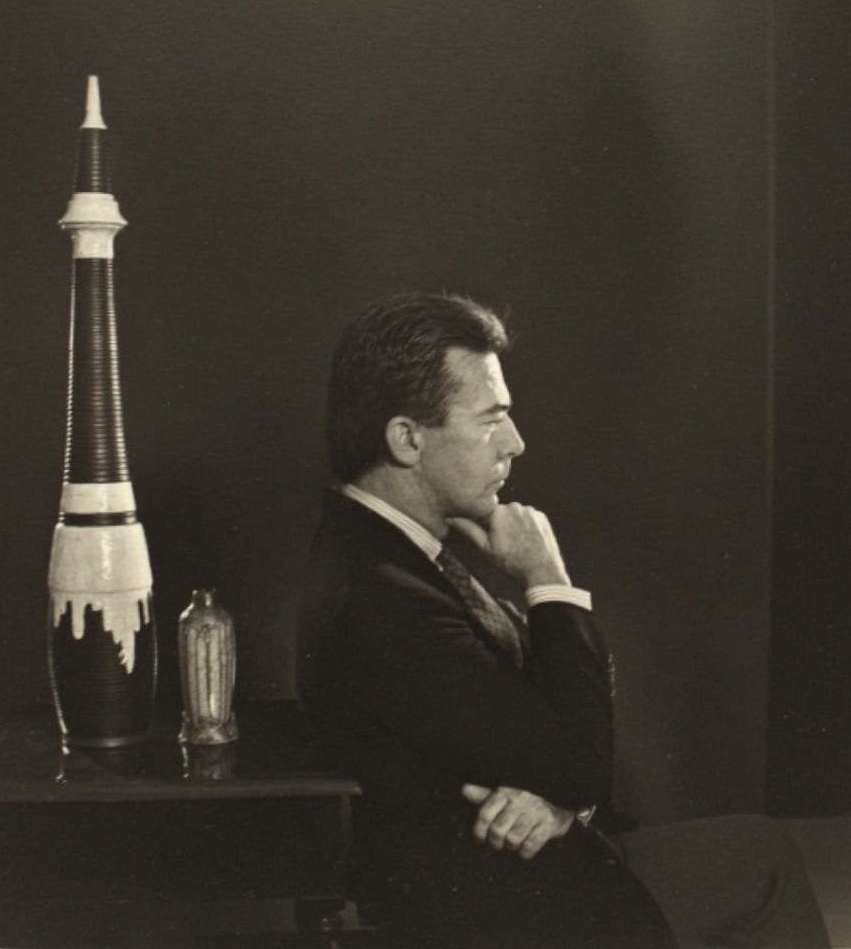
Kuchta and Hughto conspired for the Everson to continue its work with ceramics in the wake of the 1972 cancellation of the Ceramic National exhibitions by his predecessor. They invited nationally-recognized painters and sculptors to Syracuse to produce ceramic works with Syracuse University. Hughto converted a disused can factory into a modern studio, staffed with a small army of students and volunteers who assisted such artists as Helen Frankenthaler, Larry Poons, Billy Al Bengston, and Anthony Caro. Their efforts were showcased in the 1976 exhibition New Works in Clay, which spawned follow-up exhibitions in 1978 and 1981.
Kuchta and Hughto partnered with a young Garth Clark to launch A Century of Ceramics in the United States 1878-1978, still the USA’s modern ceramics’ only true blockbuster touring exhibition, which spawned a successful book, as well as a documentary on American ceramics narrated by Orson Welles. Century toured extensively and brought much-needed critical and scholarly attention to the field. In reviewing the exhibition for Art in America, critic Donald Kuspit wrote that “an exhibition devoted to the history of American pottery debunks the notion that ceramics is a populist craft with no high-art aspirations. It also suggests that, because ceramic art emphasizes both sight and touch, it may in fact be the quintessentially modernist art form.”
After retiring and moving to New York City in 1995, Kuchta’s commitment to ceramics continued. He joined Harry Dennis as the co-publisher of American Ceramics Magazine, which combined stunning photography and graphic design with critical reviews, essays, and interviews with leading figures in the field. He served on the board of the Watershed Center for the Ceramic Arts in Maine, the Longhouse Reserve in East Hampton, and many other nonprofits throughout his storied career.
Read the full obituary on the Everson Museum of Art blog.
Officine Saffi announces the 45 finalists from over 600 candidates
Officine Saffi has announced the 45 finalists of the fourth edition of the Officine Saffi award, selected from over 600 candidates in 53 countries. The competition, founded in 2013, is a biennial event that aims to discover, support and promote artists who choose to express themselves through the medium of ceramics.

The panel of experts has selected a very heterogeneous shortlist. Its members include Glenn Adamson, curator, Garth Clark, editor-in-chief of Cfile, Annalisa Rosso, co-founder of Mr. Lawrence, Matt Wedel, artist, Elisa Ossino, architect and interior designer, Jill Singer and Monica Khemsurov, Editors-in-chief of Sight Unseen, Isabelle Naef Galuba, director of the Musée Ariana and Laura Borghi, founder of Officine Saffi. Installations, objects, sculptures and research projects will be exhibited together in an open display.
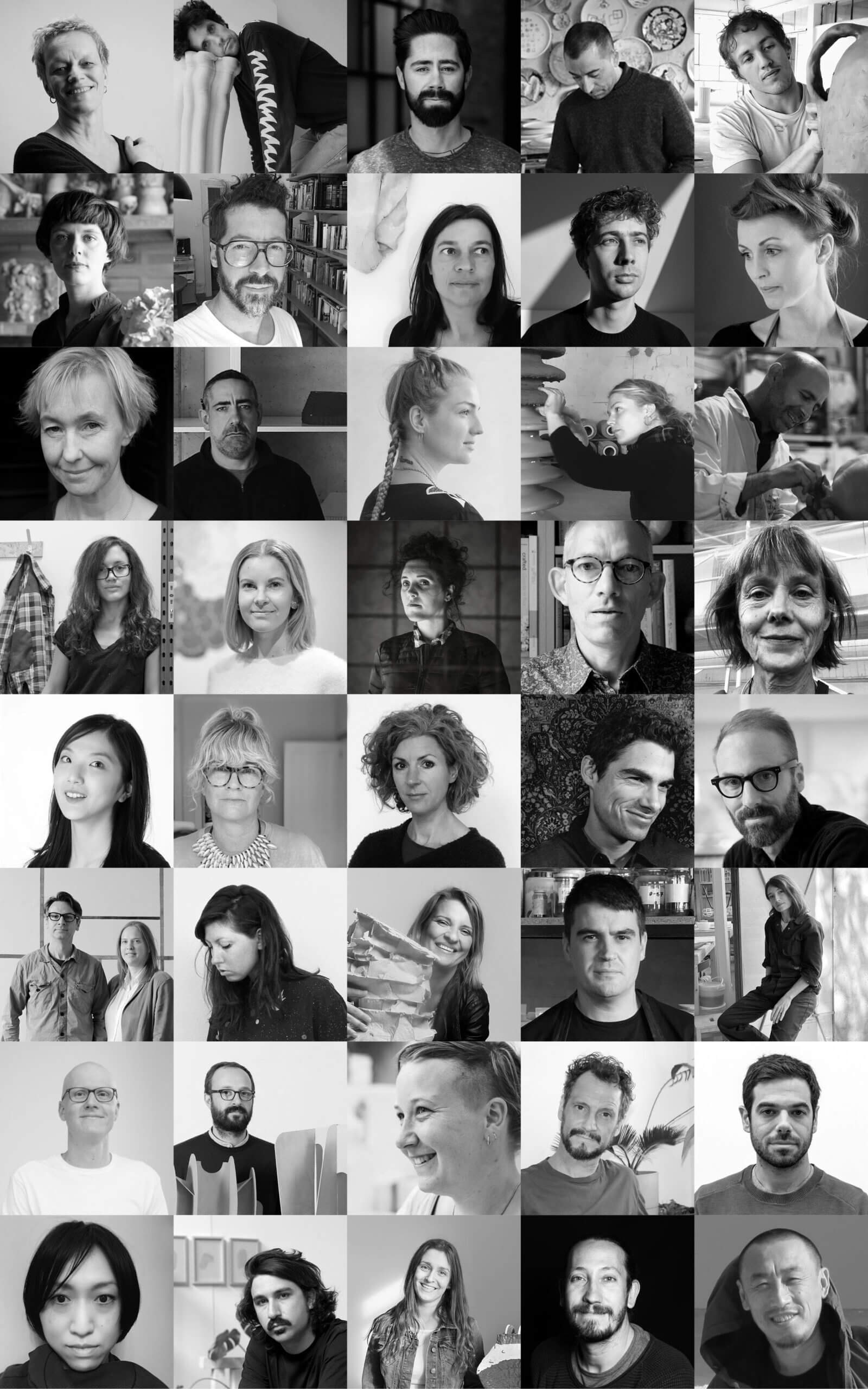
Gunilla Maria Åkesson (1963, Sweden), Anton Alvarez (1980, Sweden), Eyvind Solli Andreassen (1986, Norway), Salvatore Arancio (1974, Italy), Francesco Ardini (1986, Italy), Audrey Ballacchino (1986, France), Chiara Camoni (1974, Italy), David Casini (1973, Italy), Rino Claessens (1994, The Netherlands), Phoebe Cummings (1981, UK), Formabesta (1965-68, Spain), Jennifer Forsberg (1970, Sweden), Elly Glossop (1982, Scotland), Annelie Grimwade Olofsson (1991, Sweden), Michele Guido (1976, Italy), Jessica Harrison (1982, UK), Marianne Huotari (1986, Finland), Julia Huteau (1982, France), Qwist Joseph (1987, USA), Jonathan Keep (1958, UK), Maria Kristofersson (1956, Sweden), Jeongwon Lee (1985, South Korea), Virginia Leonard (1965, New Zealand), Claire Lindner (1982, France), Carlo Lorenzetti (1990, USA), Icaro Maiterena (1978, Spain), Ian McDonald (1975, USA), Domenico Mangano & Marieke Van Rooy (1974-76, IT-NL), Caterina Morigi (1991, Italy), Monika Patuszyńska (1973, Poland), Gregorio Peño Velasco (1983, Spain), Héloïse Piraud (1988, France), Andrea Sala (1976, Italy), Catherine Sanke (1990, Germany), Francesco Simeti (1968, Italy), John Souter (1989, USA), Akiko Taniguchi (1978, Japan), Tellurico (1985, Italy), Iren Tete (1990, USA), Liya Wan (1963, China).
Seth Rogen Favors Pot and Pots
Seth Rogen claims that his kiln products have a “a sort of Ken Price-ish effect.” It may be presumptuous for the superstar and hobbyist potter to evoke the name of America’s great modern master of the medium, Ken Price, but he is now the poster boy for both pot and pots. He does both through his commercial marijuana venture, Houseplant, and his ceramic vessels the company sells.
In a recent New York Times article, the arrival of his first commercial foray into ceramics was announced, marketing a pair of objects; a bud vase (yes, we get the pun) and an ashtray for doobie fans. Made in China from his designs, they are presented in a lavish box. As a design project the set is modestly handsome and unpretentious, putting forth a 1950’s Mid-Century-Modern, Scandinavian stoneware aesthetic in line with the midcentury designer furniture by Hans Wegner and others that he collects to furnish his home.
In an interview with Annie Armstrong, “Seth Rogen Has a New Pot Habit”, in the The Cut, Rogen explains why ceramics got his attention:
There’s something about how you’re literally trying to center something. [Laughs.] The metaphors abound. But there’s inherently something meditative about it. I do like tactile things; I like to produce tangible work. With movies, we spend years on them and then they’re very intangible. They don’t have weight, they don’t occupy a physical space. You used to at least get a DVD or a Blu-Ray, and you don’t even really get that anymore. I don’t like to keep my own movie posters around because those are just advertising for the product, not the product itself. I do really like being able to create an artistic expression that is a thing that I can pick up, hold, show to people. It is just so different from what I normally do which has no mass to it.
Unlike his muted but richly mottled palette for the ashtray and vase, Rogen clearly enjoys glazing and with his unique pieces his surfaces have energy which his form has yet to match (but he is getting there). He employs a variant of Price’s work:
His process is honestly somewhat mysterious, and I don’t think there’s documentation of him achieving the effects. But from my understanding, he used up to 75 layers of what I think was car paint. Then he somehow stripped away layers of it in a method that is truly bewildering. Especially if you yourself have tried to strip away layers of paint from a ceramic piece. The way that effect is achieved is truly beyond my understanding.
Too much fuss about too little art? Again, it’s about him being a hobbyist albeit with a giant audience. He does not sell his handmade works, nor hold shows, just gifts and swaps work. When the New York Times article appeared, it was linked to a photograph of some pots on his Instagram account. Within a few days there were 778,000 views. That is beneficial in raising clay awareness and the work is simply unapologetic fun.
Speak Pottery to the World, Bray seeks a Communications Director
The Archie Bray Foundation seeks a full‐time Communications Director to manage and strengthen the organization’s ongoing communications efforts. Reporting to the Resident Artist Director, this professional should have an established background in directing and managing a multi‐channel communications strategy. Nonprofit work experience is preferred. The Bray is an equal opportunity employer and celebrates diversity. Women, LGBTQ+ and persons of color are encouraged to apply.
The Archie Bray Foundation for the Ceramic Arts (Bray) is an internationally recognized arts organization located in Helena, Montana. Founded in 1951, the Bray is a public, nonprofit organization dedicated to the enrichment of the ceramic arts offering artist residencies, public exhibitions, ceramic supplies, and educational workshops and community classes for adults and children. The Bray’s facilities include year round and seasonal artist studios, education and research facility, sales gallery, rotating exhibition spaces, kiln facilities, administrative offices and a retail ceramic supply operation. The Bray recently completed a $6 million capital campaign for a new education center (2017), renovated administrative offices (2018) and new sales, exhibition and history galleries (2021).
The Archie Bray Foundation is actively committed to promoting, celebrating, and sustaining the ceramic arts through the residency program, education, gallery, ceramic materials and technology, and community engagement on a local, national, and international scale. In the words of Archie himself, the Bray makes available, “for all who are seriously and sincerely interested in any of the branches of the ceramic arts, a fine place to work”.
Salary range is $47,000 to $52,000 per year. Awarded salary will be commensurate with qualifications and experience. Early submissions are encouraged. Applications will be reviewed beginning March 5, 2021. This position will remain open until filled. Interested candidates should follow this link to our application portal on Slideroom.com. General questions may be addressed to brad@archiebray.org or Archie Bray Foundation, 2915 Country Club Ave., Helena, MT, 59602. No phone calls, please.
3150 B.C. Egyptian Brewery with 320 Earthenware Vats
Archaeologists from Egypt and the United States have found a 5,000-year-old high production brewery at a funerary site in North Abydos from the time of King Narmer, who ruled ancient Egypt around 3150 B.C. It houses eight large areas for beer production, each containing about 40 earthenware pots arranged in rows. Workers would have heated grains and water in the vats, which were held in place by clay levers. That’s enough to give every person in a 40,000-seat sports stadium a pint. Perhaps the world’s earliest example of truly industrial-scale beer production.”
Evidence found at the archaeological site—located in the southern Egyptian city of Sohag—suggests that the beer was used in sacrificial rites. The brewery “may have been built specifically to supply the royal rituals that were taking place inside the funeral facilities of the kings of Egypt,” says joint expedition leader Matthew Adams.
But ritual may not be the purpose. A 5,000-year-old tablet found in the city of Uruk in modern-day Iraq could help to explain what kept its inhabitants happily living together for so long – they were paid in beer. In what is thought to be one of the oldest pay slips discovered, the cuneiform depicted a human head eating from a bowl, meaning ‘ration’ also noting how many bowls were consumed. The final image of dusty beer bottles is not period in case you are confused, and added for your amusement.
Nir Hod Peddles Loneliness in a Set of Four Porcelain Dessert Plates
At Artware Nir Hod offers a set of four seven-inch-diameter dessert plates that are priced at $120, stunning graphically and exquisitely packaged. For the right recipient this could make a radical chic gift served with a dose of desertion and desperation. The approved list of those who would appreciate the set is defined more by exclusion, those who are not right, with those recovering from substance abuse being at the top of that list. But we like them, a lot, and renaming them Addicted to White Gold could give the platters a whole new market of those who are porcelain addicted.
The plates are inspired by Nor’s famous series of oil-on-mirror paintings, The Night You Left, that for the artist captures a heightened and ephemeral emotional state, a meditation on love and love lost, on pain and catharsis. “There is a certain magic in loneliness,” Hod explains, “you have to be alone to create,” adding, “It’s not about drugs or glamour—it’s about the inside world, where you can dream and love and seek a greater truth—it’s about a feeling of being connected to something so human.”
You will be pleased to know that they dishwasher safe. And one can obtain a matching set of coasters reclining on black velvet, packaged with the same dark elegance, for $95
Brooklyn’s Vessel Closes after Third Suicide
New York–Curbed reports that on January 11, a young man ended his life by jumping off the Vessel, the freestanding observation structure in the middle of Manhattan’s Hudson Yards. It’s the site’s third suicide in less than a year. The Vessel is currently closed to visitors pending a safety review. The writer explains:
A shuttered Vessel is not an outcome I could have envisioned at the extravagant multimedia design unveiling I attended five years ago. On that day, Related Companies, the developer of Hudson Yards, played a video of Alvin Ailey dancers performing for hundreds of spectators on a mock-up of the Vessel’s signature staircases. In an address to the crowd, Mayor Bill de Blasio jokingly warned Vessel designer Thomas Heatherwick, a Londoner, that 100 New Yorkers would have 100 different opinions on the project.
If and when the Vessel reopens it will be facing a barrage of disability claims and has already. The U.S. Attorney’s Office for the Southern District of New York entered into an agreement with Related that required the developer to install a lift that stops on more floors. The question is whether anything can be built in New York in the future that does not give equal access to the disabled. It’s an exceptional structure, as one climbs an Escher effect that keeps expanding but between wheelchair issues (for a giant staircase, elevators might satisfy that) and the unfortunate magnet it is for those considering suicide, its days as a working space my be numbered.
However, I am betting money on the developer Related and Stephen Ross (he is Related’s chairman and this venture is his pet project) and British designer, Thomas Heatherwick’s genius. They can reach an imaginative solution for all to enjoy the Vessel in some way, this elaborate honeycomb-like structure that rises 16 stories and consists of 154 flights of stairs, 2,500 steps, and 80 landings for visitors to climb, adding more viewpoints for the disabled and making design changes to render suicides near impossible to enact. Learn more about Vessel in Cfile.




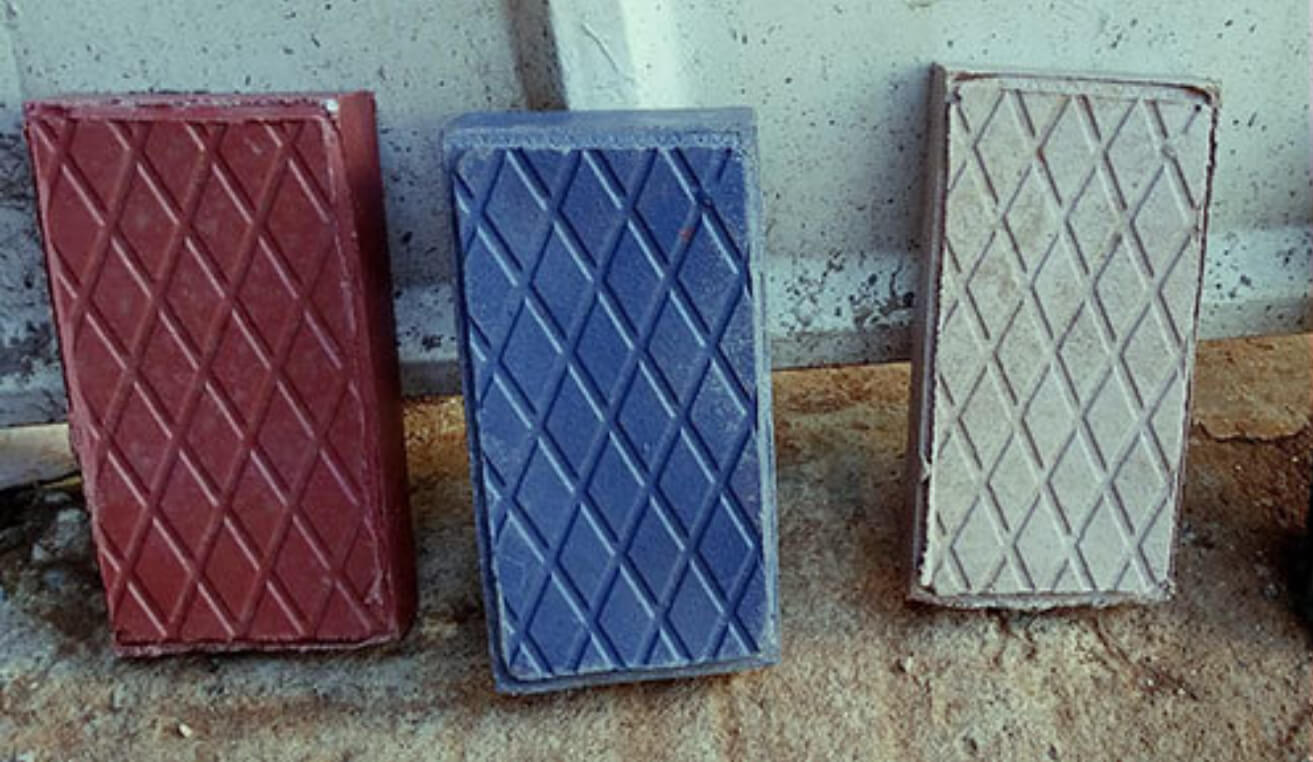


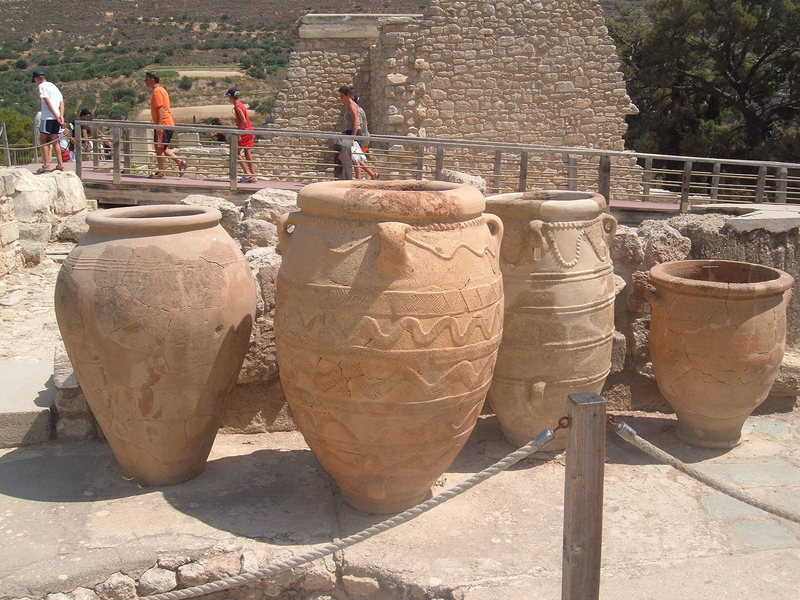
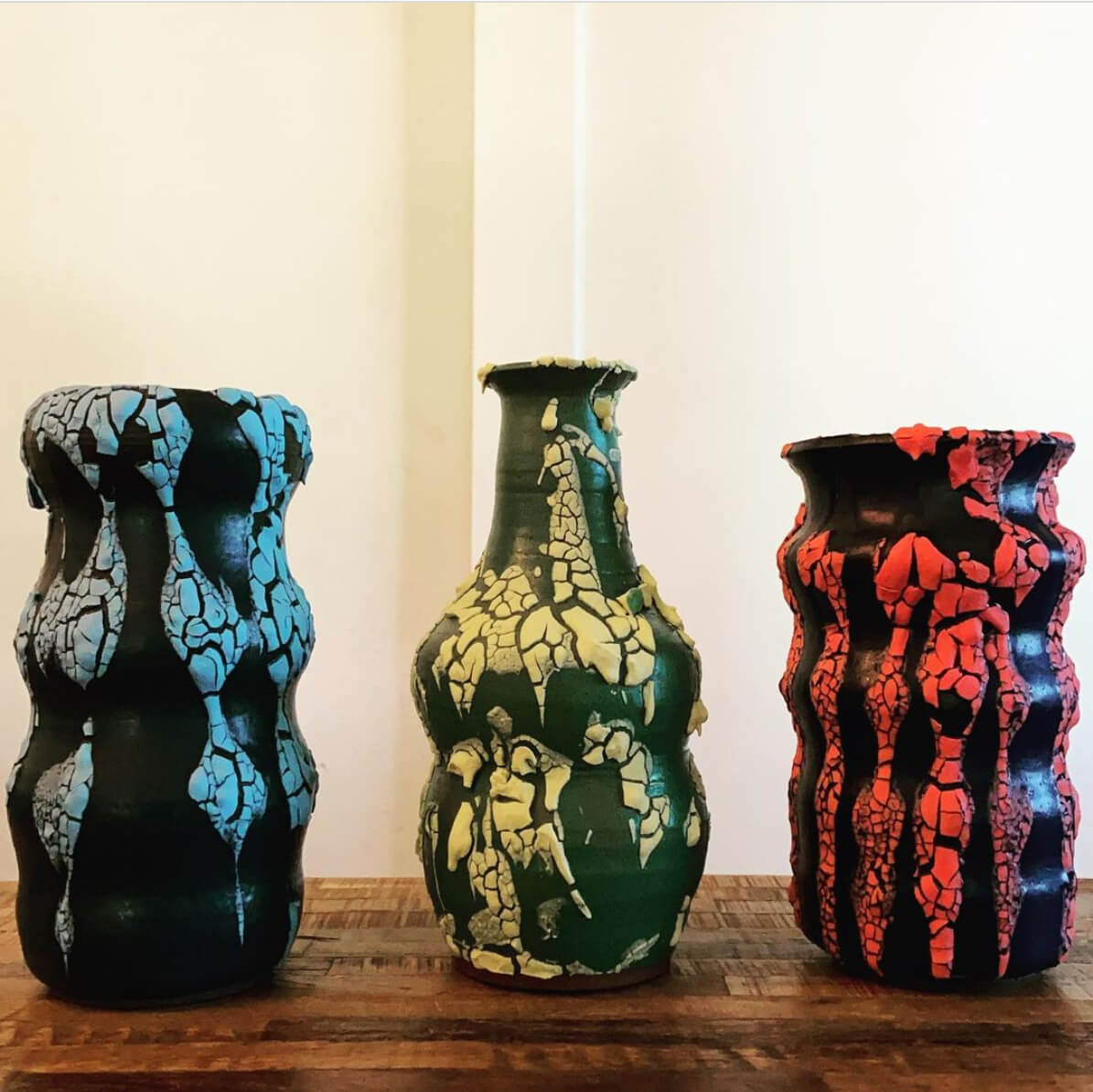
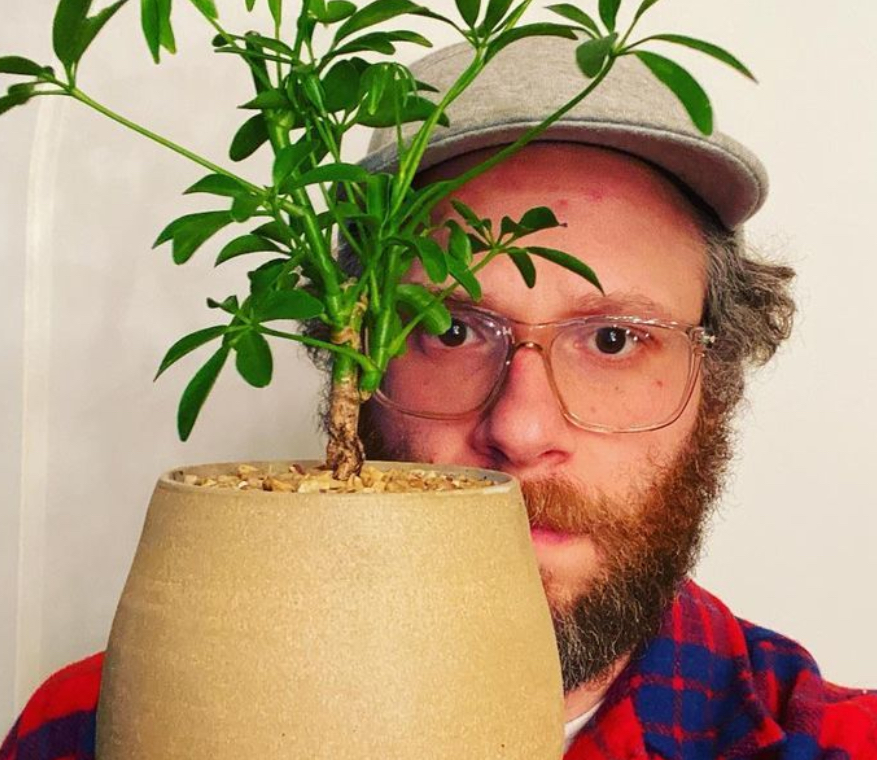

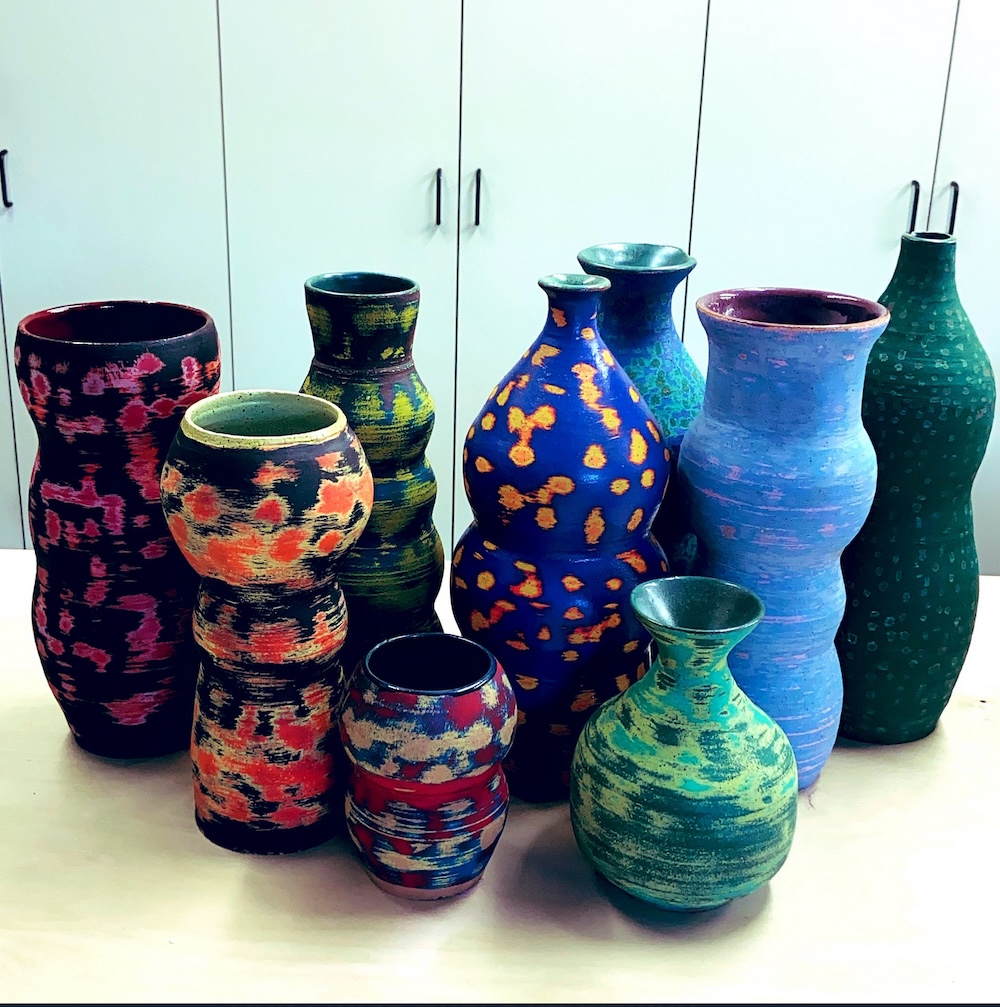
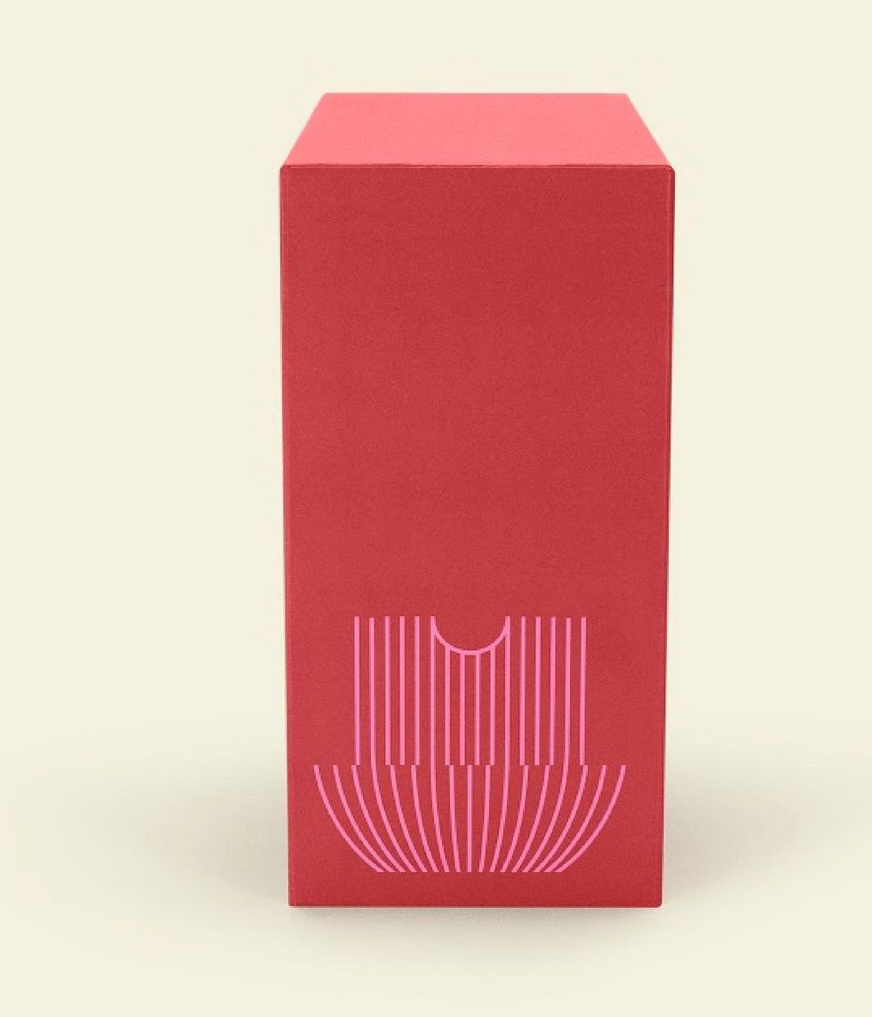


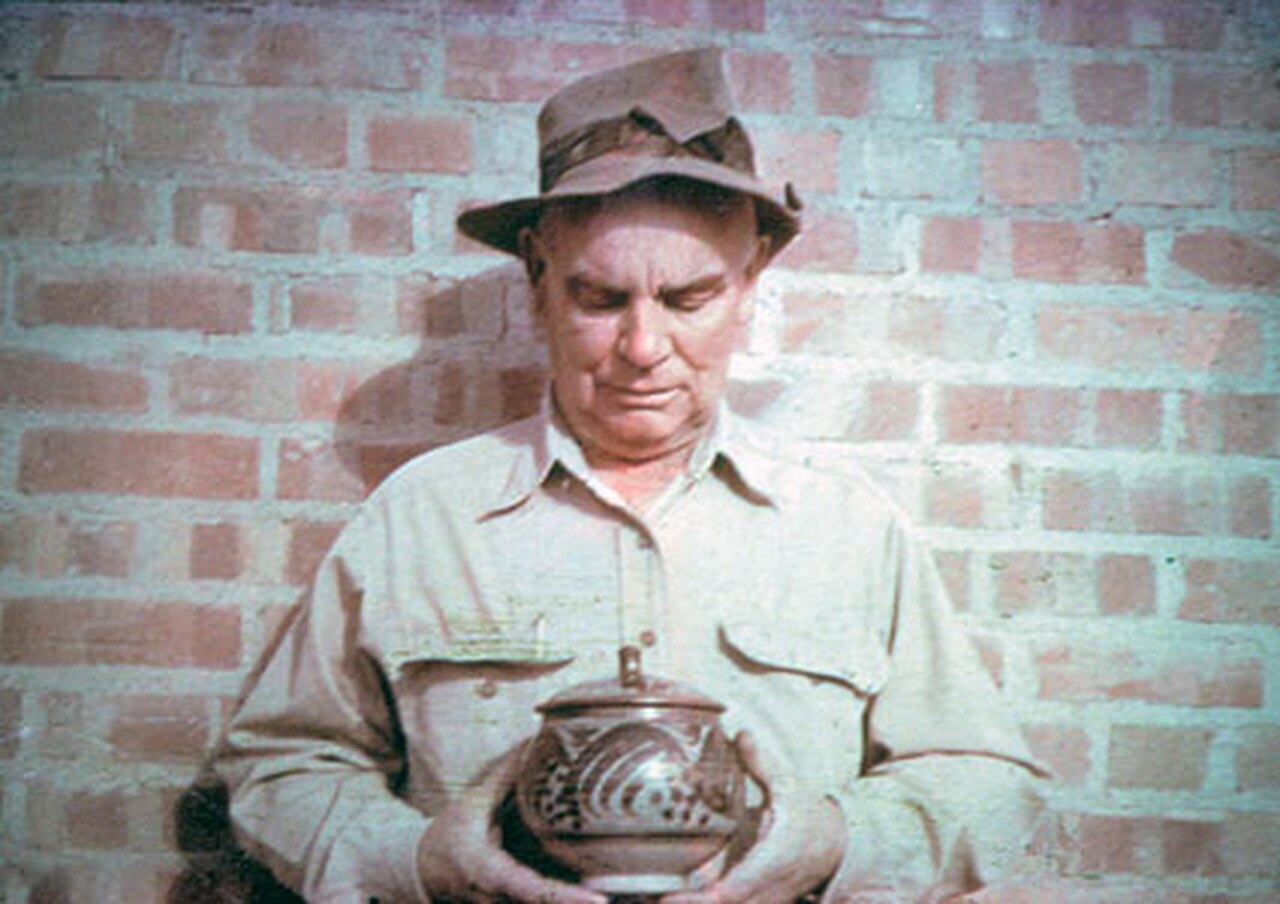


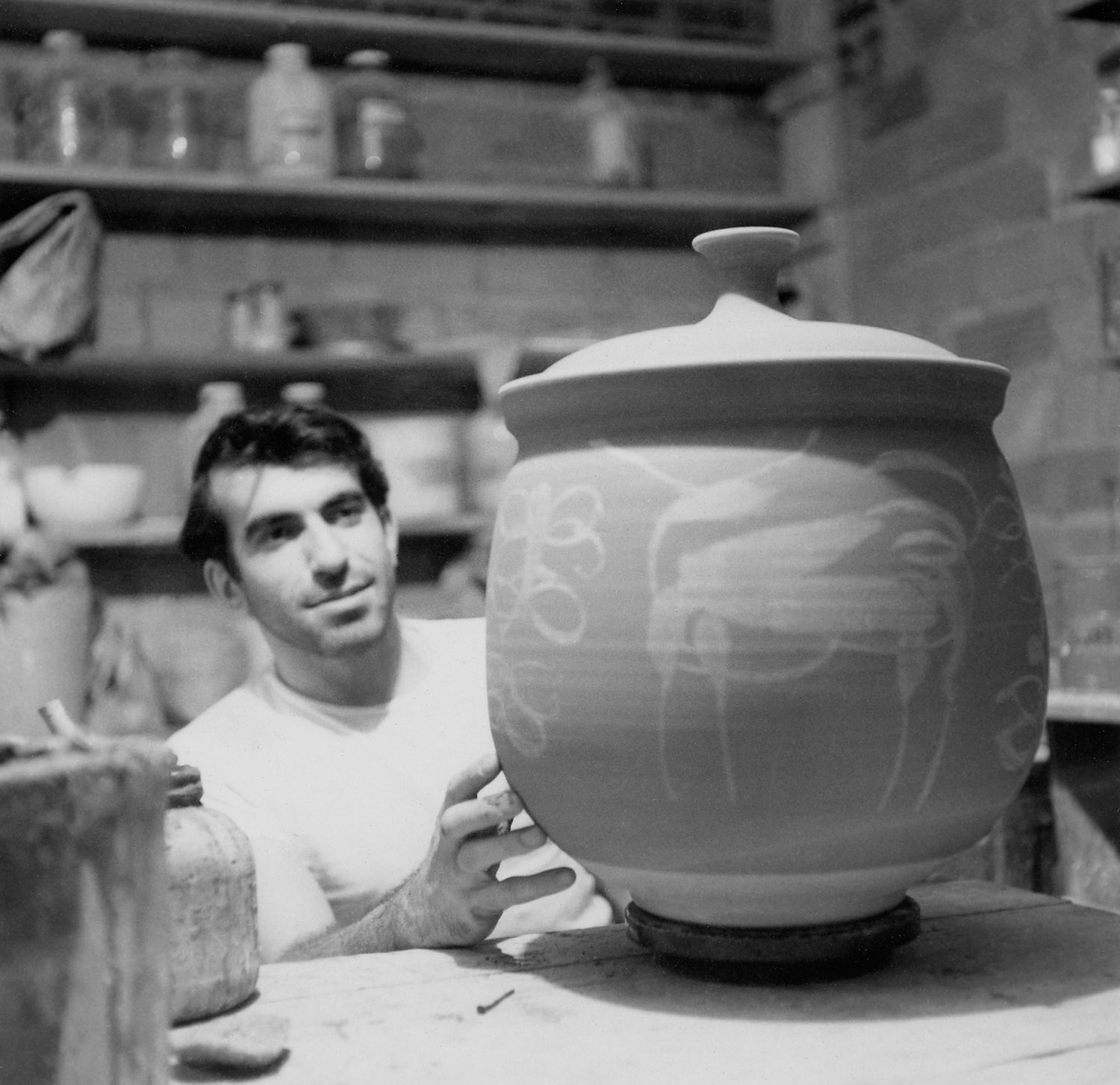


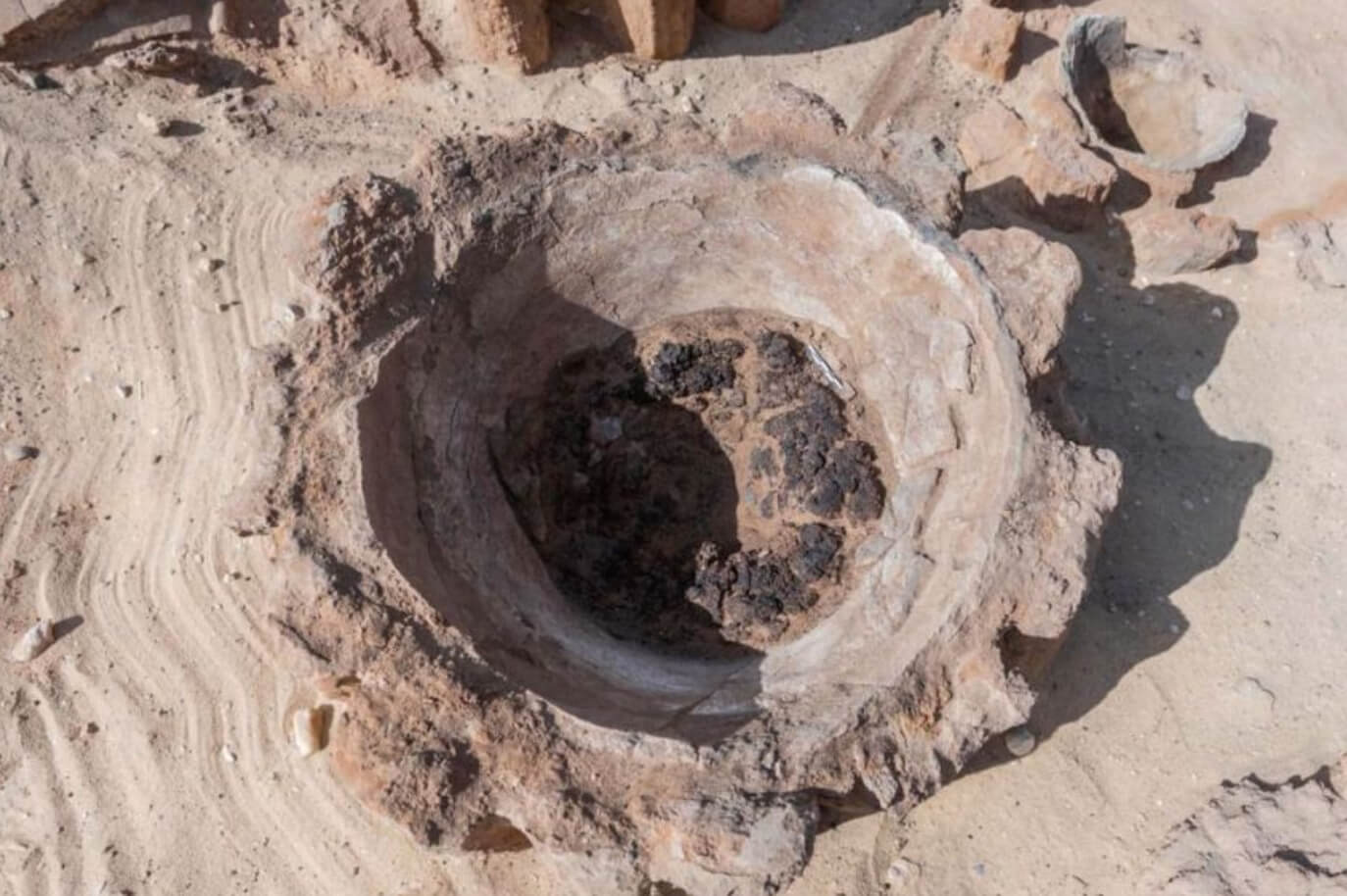


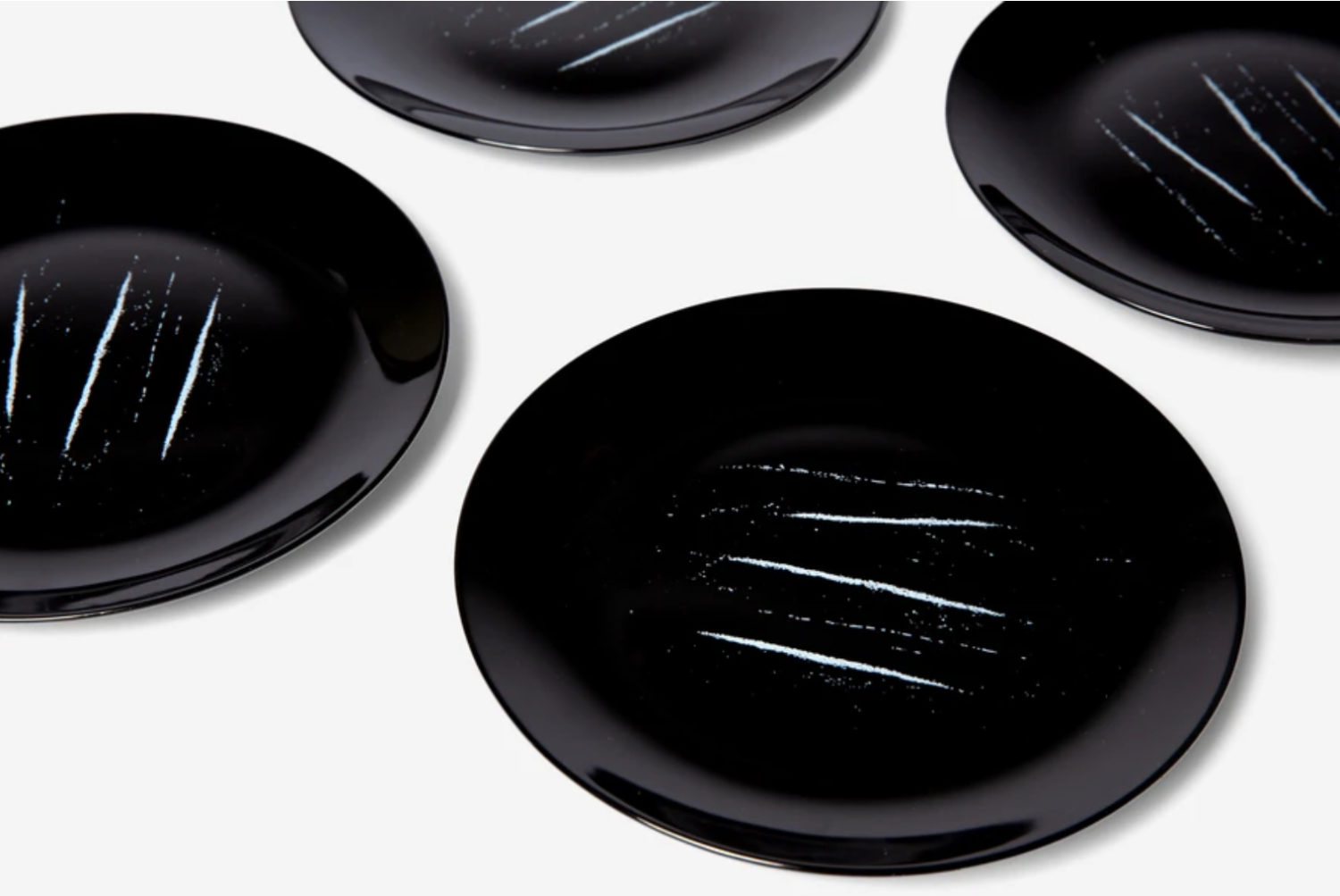
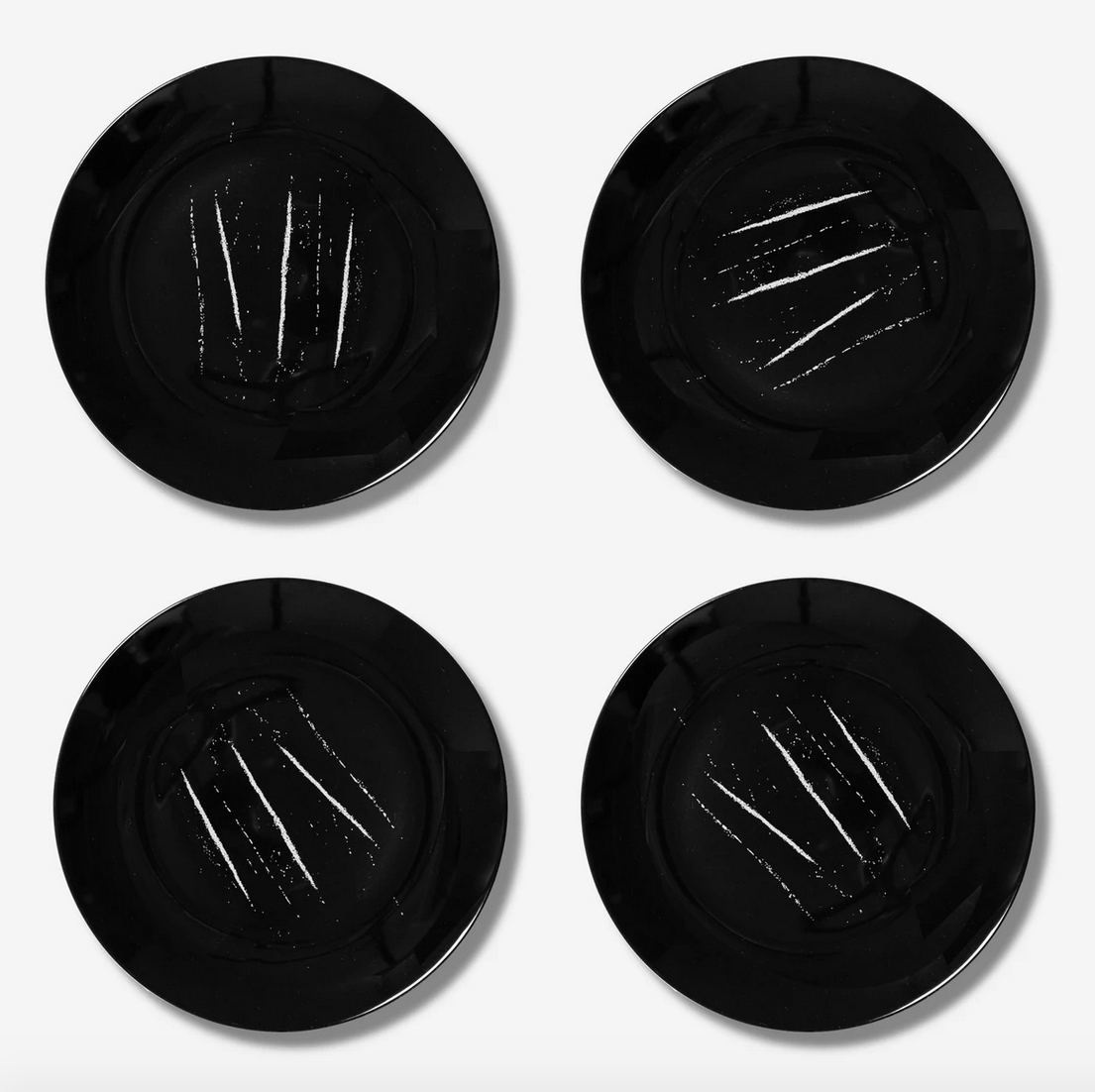
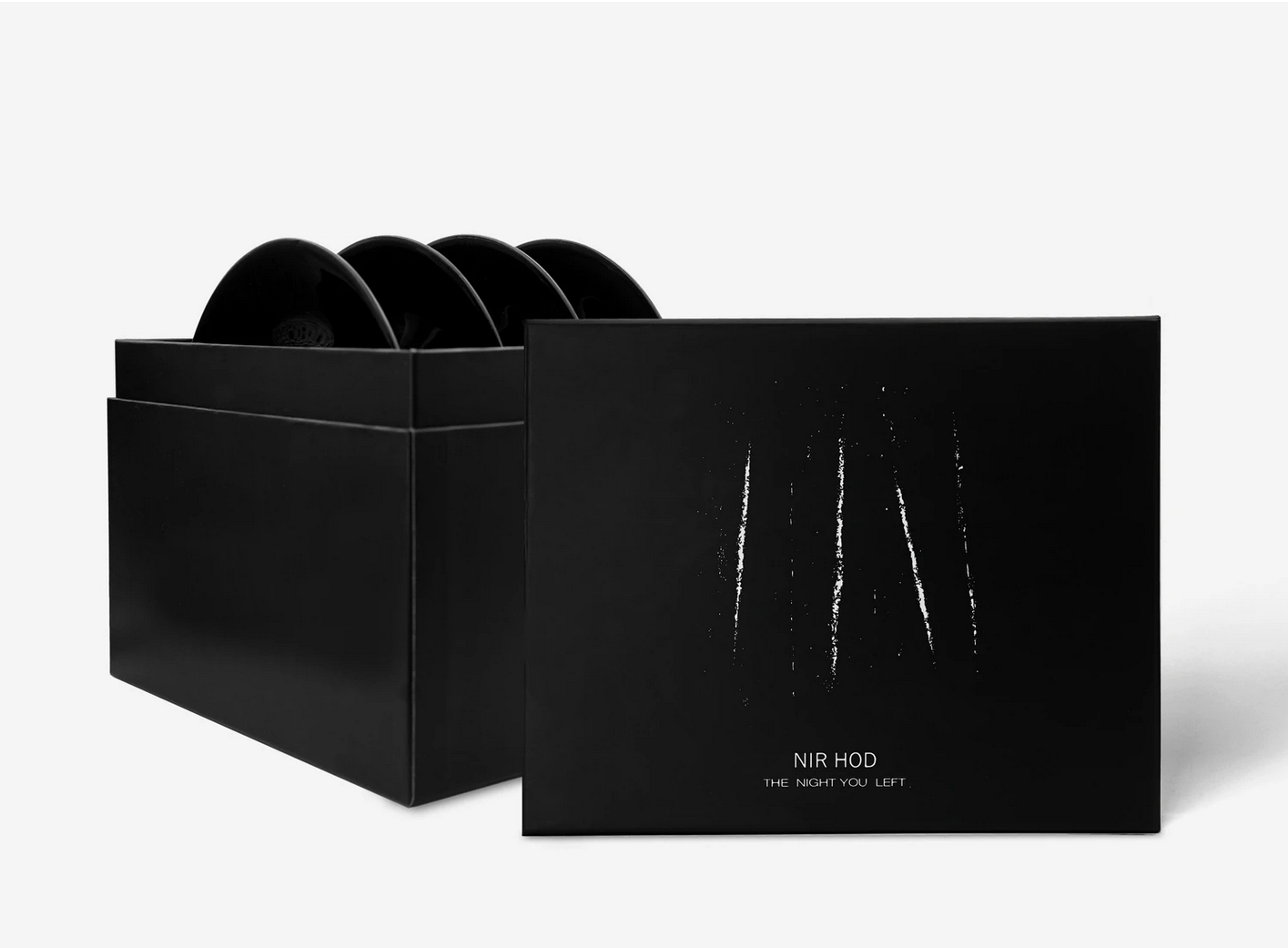



I really don’t care at all about celebrities who make pots or profess to make pots. I don’t think it adds anything to our field.
Vessel is not in located Brooklyn, is located in Manhattan Hudson Yards better know as “Dubai on the Hudson”
Most do not want to pay what a good hand made flower pot is worth. Instead, inexpensive, mass produced and often plastic pots are used. A good flower pot, or pot for any plant, should be one that easily permits the entire root ball and most of the soil to be removed when the plant has outgrown the pot. For continuity, a good flower pot saucer should accompany a good flower pot. If a plant is enjoyed for its beauty, perhaps a good hand made flower pot will only compliment it. I can honestly say that I enjoy making good flower pots with saucers that enhance my plants, while hoping to sell some.
so, really??? rogan has his shit made in china.
what a pile of crap